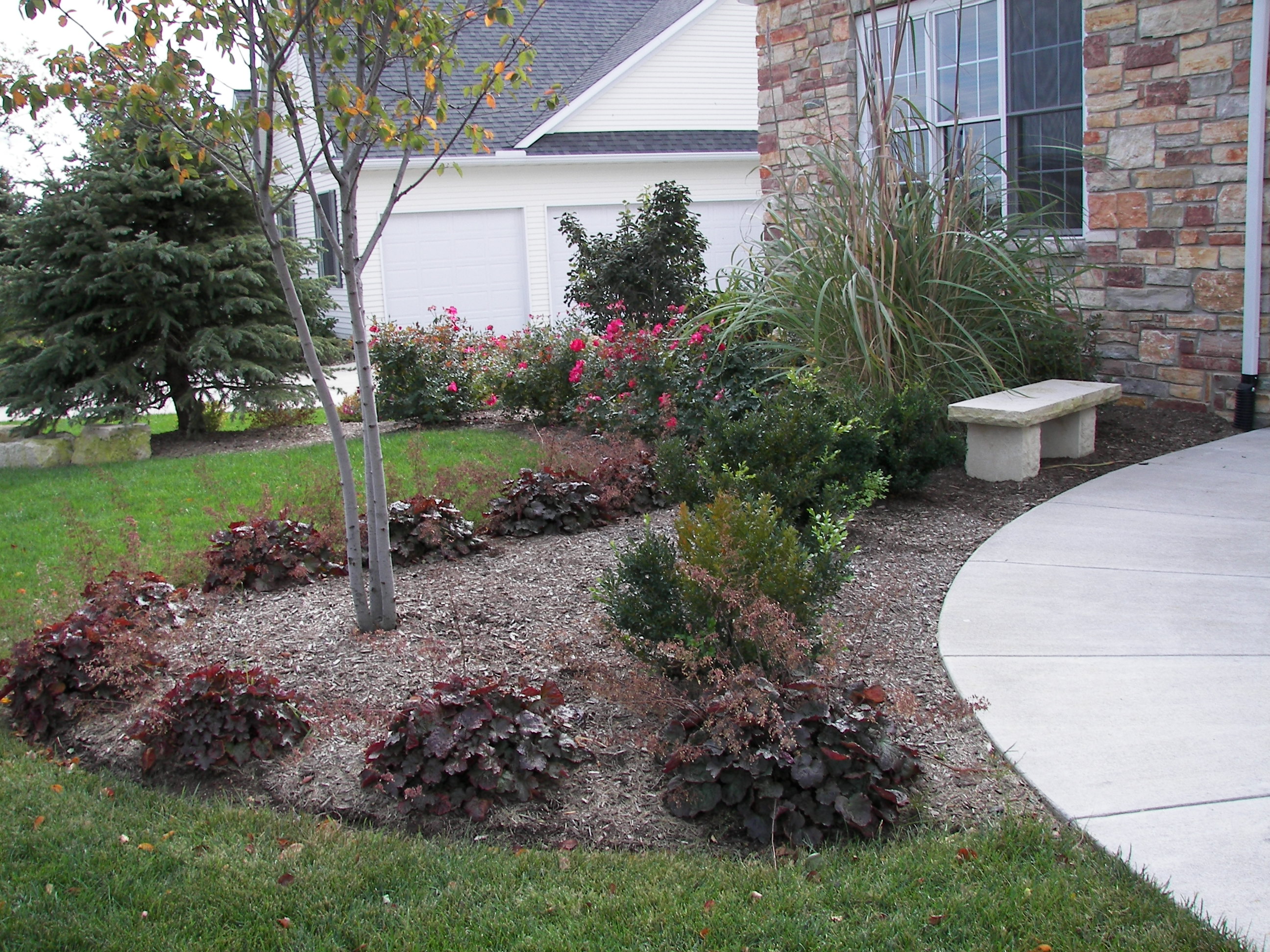
Care & Maintenance of Ornamental Grasses
Fertilizer
Ornamental grasses require relatively low levels of fertility. By keeping the level of nitrogen low, lodging or flopping over can be kept to a minimum. Leaf color and vigor are good guides to nitrogen requirements. Application of one-half to one pound of 10-10-10 fertilizer per 100 sq. ft. of garden area or about one-quarter cup per plant is sufficient. Apply fertilizer just as growth resumes in the spring. An application of a slow release fertilizer such as Osmocote in the spring is enough to take care of the plant’s needs throughout the summer. Fertilizer should be watered in thoroughly.
Water
Plants should be well watered the first season after planting so they can develop a good root system. Established plants do not need regular watering, but may need supplemental watering during drought periods. The amount of water will depend on the grass species, the site, and on the quality, size and growth rate desired.
Weed Control
Cultivate around grass plants to control weeds. Application of mulch will greatly reduce the need for cultivation as well as watering. It also tends to keep grasses in check that have a tendency to be heavy reseeding types.
Winter Protection and Spring Clean up
Grasses do not need to be cut down before winter. In fact, they are attractive when left standing and the foliage helps to insulate the crown of the plant. Cut back the foliage to about 4-6 inches in the spring before growth resumes. When foliage is removed, spring growth will begin earlier. Old foliage left on the plant can delay the crown’s warming and subsequent growth by as much as 3 weeks.
Division
Division depends on the spacing and visual appearance of the plants as well as the overall health. Plants suffering from die-out in the center should be divided to improve appearances. Division is done in the spring before growth resumes or in the late summer or fall after the growing season. Plants that bloom late could be divided in the spring.
